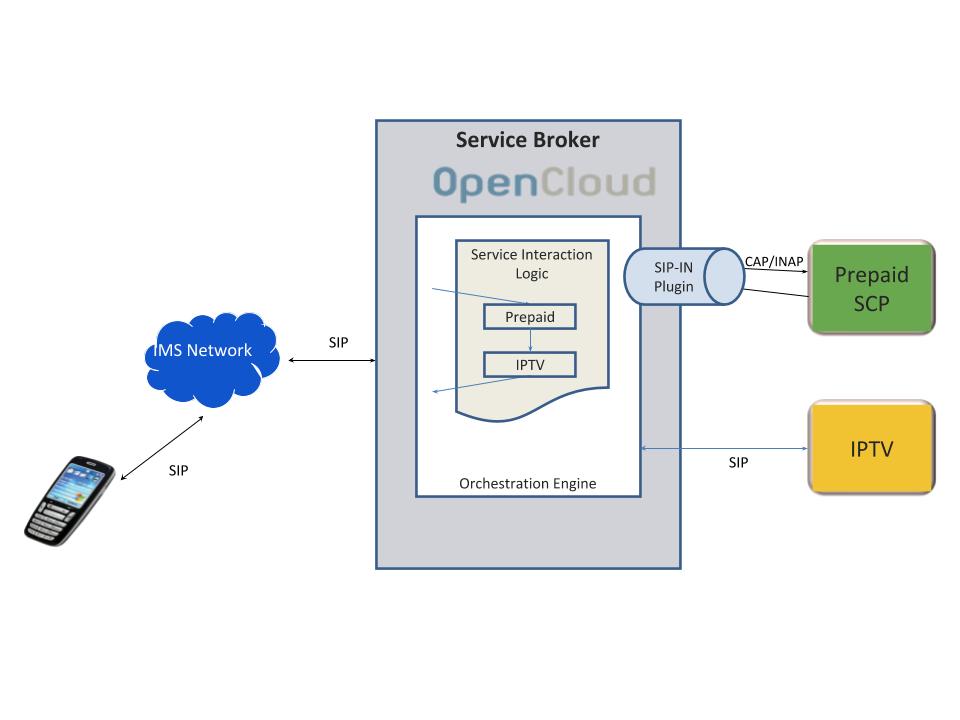- Types of critical communications
- Major Components of Critical Communication Service
- E911 (Enhanced 911)
- Next Generation Core Services (NGCS) and NG911
- Push to talk for firefighters
- Mission Crticial Communication
Criticala communication services are essential for maintaining public safety and security, as well as for supporting critical infrastructure and operations. These services include:
- Emergency Services
E911 (Enhanced 911), emergency notification systems, which are used to quickly and effectively respond to emergencies and natural disasters. - Public Safety Services
Police, fire, and ambulance services, which are responsible for maintaining public safety and security. - Public Warning Systems
Amber Alerts and severe weather warnings, which are used to quickly and effectively notify the public of potential dangers. - Utilities
Electricity, gas, water, and telecommunications, which are essential for maintaining critical infrastructure and operations. - Transportation
Air traffic control, railroad, and public transportation systems, which are essential for maintaining mobility and supporting economic activity. - Government Related Services
Military and defense operations, or announcements which are essential for maintaining national security and protecting citizens. - Industrial Automation
Oil and gas, manufacturing, mining, and chemical plants, which are essential for maintaining operations and ensuring safety.
All of these services require reliable, high-quality, and low-latency communication to function effectively, and are considered as critical communication services because their failure to function could have serious consequences for public safety, security, and economic activity.
Major Components of Critical Communication Service
While these communiccation service are formed of multiple components and are constantly evolving, here are the major compoenents as per my knowkedge
- Calling agents such as smartphones, radio phones, browsers, UCC clients, etc
- Networks such as cellular ( access layer as towers, base stations, etc.) , satellite, or even private land mobile radio networks that are used for transmitting critical information
- Call Routing through Emergency Services Routing Proxy (ESRP), BGF ( Border Gateway Function) to Call Answer in PSAP ( PublicSafyey Answering point)
- Location gathering using GPS, browser collected location. Location Information Server (LIS), which can store location with IP address, mac address, and landline telephone number. LVF (location validation function) helps validate the location information.
- Management and monitoring to keep the system up and working reliably
- Integration as CAD( Computer Aided Dispatch), GIS (Geographical information System ), and notifiation system

E911 (Enhanced 911)
WebRTC (Web Real-Time Communications) can be used in critical communication such as E911 as clients or as Gateways.
E911 WebRTC client
Webrtc client allow users to make emergency calls from their browsers. The browser’s locataion service can be budnled along with the call meta data to alert the service providers.
E911 WebRTC gateway
Webrtc gateways help connect the mordern WebRTC clients ( signalling and media) to old fashioned PSTN emergence serevice einfrastructure. The routing can be designed to automatically connect with the nearest PoP( point of presence ) whichh helps keeping the call in local region.
Public Safety Answering Point (PSAP) can be entirely made compatiblee for WebRTC media streams making calls 100% IP based. Tthis allow for more cost effecive and flexible solution building.
Compliance
It is important to note that while WebRTC technology is suitable for E911 communication, it is still subject to regulation and compliance, and the implementation of E911 services using WebRTC must comply with the regulations of the country and the state where it is being deployed.
Next Generation Core Services (NGCS) and NG911
NG911 (Next Generation 911) and E911 (Enhanced 911) are both systems used to route emergency calls to the appropriate emergency services center, but there are some key differences between the two:
| E911 | NG911 | |
| Network | Requires trunks and Data network | Emergence Service IP network ( ESInet) |
| Routing | class 5 switched for selective routing | IP seletive routing / dynamic |
| Media format | audioi only | multimedia ( video , audio , text etc) |
| integratioins | comples and limited | provides IP initerface for simpler integration and interoperability with other public safet systems |
| location service | obtainer from callers phone number | More ways for obtainer the caller’s location sucha s GPS coordinates |
NG911 is a more modern and advanced version of 911 that uses IP-based networks and technologies, such as WebRTC and SIP, to handle emergency calls and associated data, while E911 is based on traditional PSTN (Public Switched Telephone Network) technology. IP-based emergency services have several advantages over traditional PSTN-based emergency services, including increased flexibility, scalability, and the ability to handle multimedia communications.
Push to talk for firefighters
These systems are designed to provide low latency communication service while aldo being very robust to withstand harsh conditions and disasters. Typically ruggedized, the Push-to-talk (PTT) devices have button or switch on the device which when pressed and held, allows the user to transmit their voice to the other users in the group. This feature allows for quick and efficient communication, even in noisy or chaotic environments.

Mission Crticial Communication
Mission critical comm such as used for medical Serevices which monitor the health of patients via sensors and provide immediate alert to concerned parties. Medical communication systems are designed to integrate with the clinical workflows and patient information systems, such as electronic health records (EHRs) to provide relevant information to the medical staff during the communication.

Upgrading infrstructure has vastly helped in the the area of providing immediate care and other emergency response services. Central to all these emeregncy communication is security. Implementing security measures, such as encryption, authentication, and firewalls, can protect emergency communication services from unauthorized access and attacks.












































